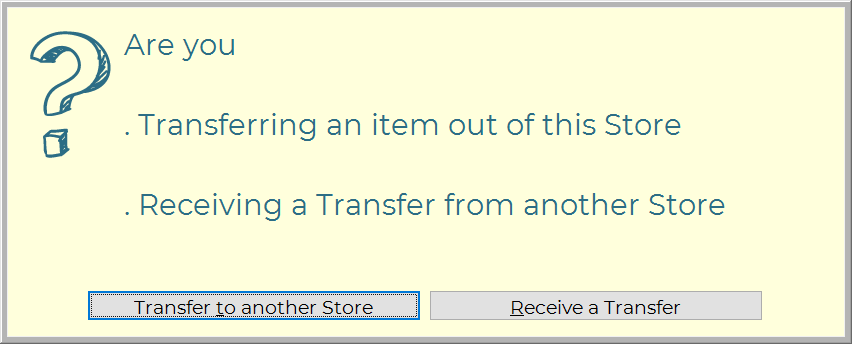Transfers
Stock transfers serve several purposes:
- Inventory Management: Stock transfers allow retailers to manage their inventory efficiently. They facilitate the movement of products between different locations within the retail chain, such as from a warehouse to a retail store or between different store locations.
- Stock Replenishment: Retailers use stock transfers to replenish stock levels in stores where inventory is running low. This ensures that products remain available to customers and helps prevent stockouts, which can result in lost sales and dissatisfied customers.
- Optimising Stock Levels: By transferring stock between locations based on demand patterns and sales data, retailers can optimise stock levels across their network. This helps to ensure that each store has the right amount of inventory to meet customer demand without carrying excess stock that ties up capital and warehouse space.
- Seasonal Adjustments: Stock transfers allow retailers to adjust inventory levels in anticipation of seasonal fluctuations in demand. For example, they can transfer seasonal products to stores where demand is expected to be higher during specific times of the year.
- Balancing Inventory: Retailers use stock transfers to balance inventory levels across different locations. This can help to redistribute excess stock from stores with high inventory levels to those with lower levels, ensuring a more even distribution of inventory and minimising the risk of overstocking or under stocking.
Overall, stock transfers play a crucial role in helping retailers manage their inventory effectively, optimise stock levels, and provide a seamless shopping experience for customers across multiple locations.
Transferring consists of 2 parts

Transferring from your location to another store